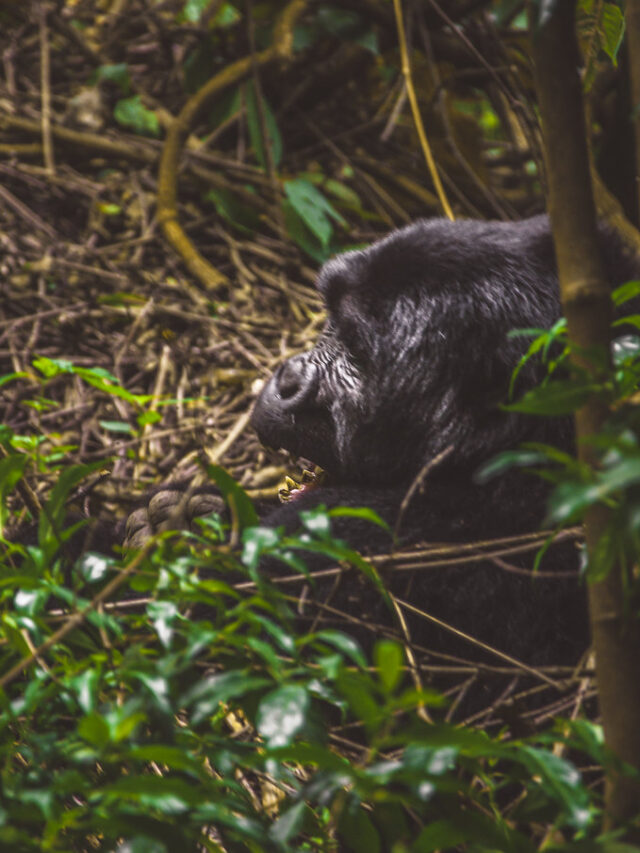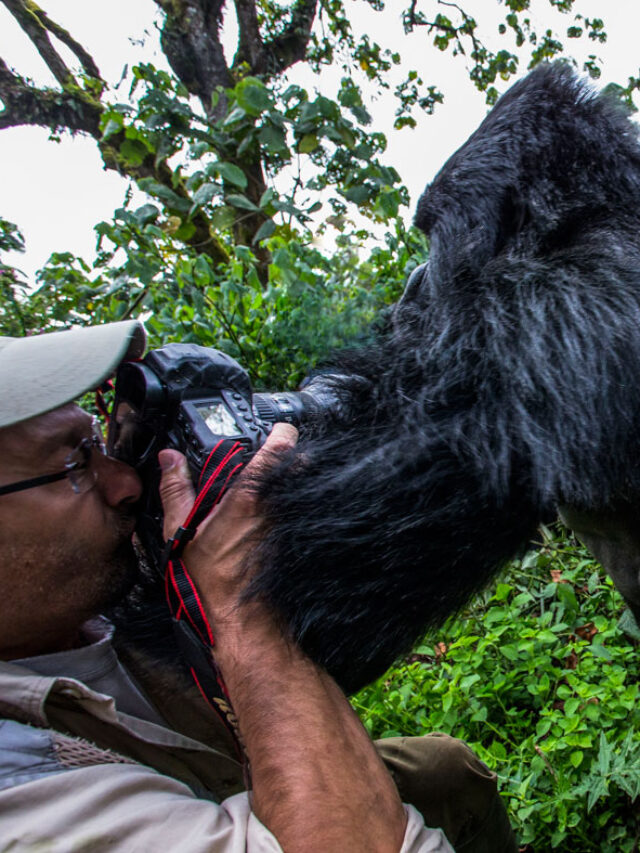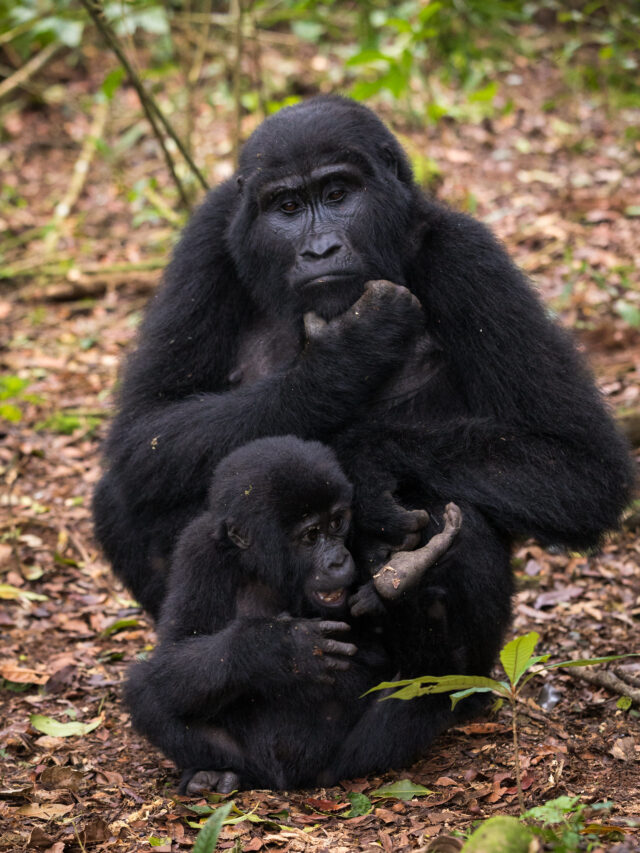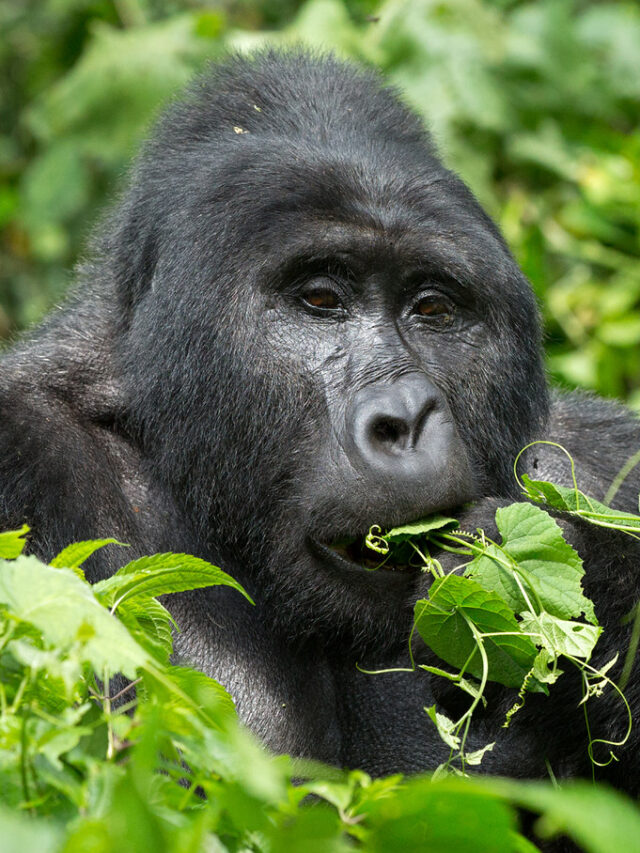Bokora Corridor Wildlife Reserve: Uganda’s Wild Frontier of Untapped Beauty
Where Wilderness Reigns Beyond the Beaten Path
Vast, untamed, and little disturbed by the march of modern tourism, Bokora Corridor Wildlife Reserve stands as one of Uganda’s most remote and mysterious conservation areas. Sprawled across the semi-arid northeast, this reserve is part of the trio of protected lands in the Karamoja region, joined by Pian Upe and Matheniko, forming what could very well be Uganda’s last great wilderness frontier. Though it seldom finds a place on mainstream travel itineraries, Bokora holds the kind of rugged, cinematic landscapes and raw ecological narratives that can stir the soul of any true explorer.
Covering a massive 2,056 square kilometers, Bokora Corridor is the second largest wildlife reserve in Uganda. Named after the Bokora clan of the larger Karimojong ethnic group, the reserve stretches along a corridor that once served as an important migratory path for wildlife between the southern and northern semi-arid zones. Its terrain is vast and layered—marked by open savannah, thorn scrub, seasonal rivers, rocky outcrops, and isolated volcanic formations that rise like sentinels watching over an ancient land.
A Harsh Beauty, Teeming with Resilience
Unlike the lush green settings of Bwindi or Kibale, Bokora offers a contrasting beauty—one that thrives on resilience. The climate here is harsh, often dry, with prolonged droughts and short, intense wet seasons. But this very harshness shapes an ecosystem that’s tough, adaptive, and endlessly fascinating. This is the land where grewia shrubs and acacia trees cling to the soil, where rivers may disappear underground for months, only to return and burst into life again with the rains.
Despite its dry nature, Bokora supports a surprisingly wide range of wildlife. Grant’s gazelles, reedbucks, Uganda kob, eland, and oryx have all been sighted here, though populations remain scattered and shy due to years of poaching and lack of tourism-based habituation. Spotted hyenas, leopards, and the elusive cheetah are also known to inhabit the reserve, particularly in areas where human interference has been minimal.
But perhaps Bokora’s most exceptional gift is to bird lovers. Its skies and scrublands echo with the calls of karamoja apalis, fox kestrels, red-and-yellow barbets, ostriches, and black-headed plovers. The avian diversity is striking, especially in the early mornings or after brief rain showers when the dry land suddenly pulses with activity.
The Cultural Soul of Karamoja
To understand Bokora fully, one must view it not just as a reserve but as a cultural heartland. The surrounding lands are home to the Karimojong people, nomadic pastoralists known for their deep connection to cattle, oral storytelling, and strong warrior traditions. Their life, often misunderstood by outsiders, is deeply attuned to the rhythms of the land. The same acacia trees that provide shade for gazelles are used by Karimojong herders as gathering spots. The same dry valleys that challenge antelope migration are paths walked daily by local women fetching water.
For decades, this region was labeled as “insecure,” primarily due to inter-clan conflicts and cattle raiding. But times are changing. With a growing sense of peace and increased focus on community-based conservation, Bokora is opening up—slowly, quietly, and on its own terms. Many Karimojong elders now advocate for ecotourism as a way to preserve their land and traditions while bringing in sustainable development for future generations.
Access, Solitude, and the Spirit of Adventure
Bokora Corridor Wildlife Reserve is not an easy place to reach—and that is part of its magic. The reserve lies in Napak District, about 350 km northeast of Kampala, and is best accessed via Mbale or Moroto, depending on which route you choose. The roads are rugged, sometimes impassable in heavy rains, and infrastructure is minimal. But for those with a taste for raw adventure, the journey to Bokora is as rewarding as the destination itself.
There are currently no lodges inside the reserve, and camping is recommended only with experienced guides and under coordination with Uganda Wildlife Authority (UWA). However, nearby towns like Moroto offer modest accommodations and serve as base camps for exploration. Most visits here are self-planned or part of specialized adventure safaris operated by niche tour companies who understand the pulse of Karamoja.
Because of its isolation, Bokora sees very few visitors. On most days, the only footprints you’ll find are those of antelope or the occasional herder. There are no traffic jams of safari jeeps or throngs of tourists. This is wilderness in its truest form—untamed, unpredictable, and wholly yours for the moment you choose to experience it.
The Future: Rewilding and Cultural Harmony
The future of Bokora Corridor is still being written. With conservation efforts slowly gaining momentum, the Uganda Wildlife Authority has mapped plans for improved protection, anti-poaching patrols, and potential species reintroduction. The dream is to see Bokora once again serve as a critical corridor for larger mammals like elephants and giraffes that once roamed freely between the northeastern reserves.
But beyond the wildlife, Bokora’s most vital future lies in community integration. The Karimojong people are no longer seen as a threat to the reserve’s success, but as guardians whose culture and wisdom are vital to its long-term survival. Initiatives in eco-tour guiding, cultural homestays, and heritage storytelling are being explored as ways to bring benefit without harming the land.
If Uganda’s national parks are the heart of its tourism, then Bokora is its wild, beating soul—rough-edged, weathered by time, but full of stories that deserve to be told.











